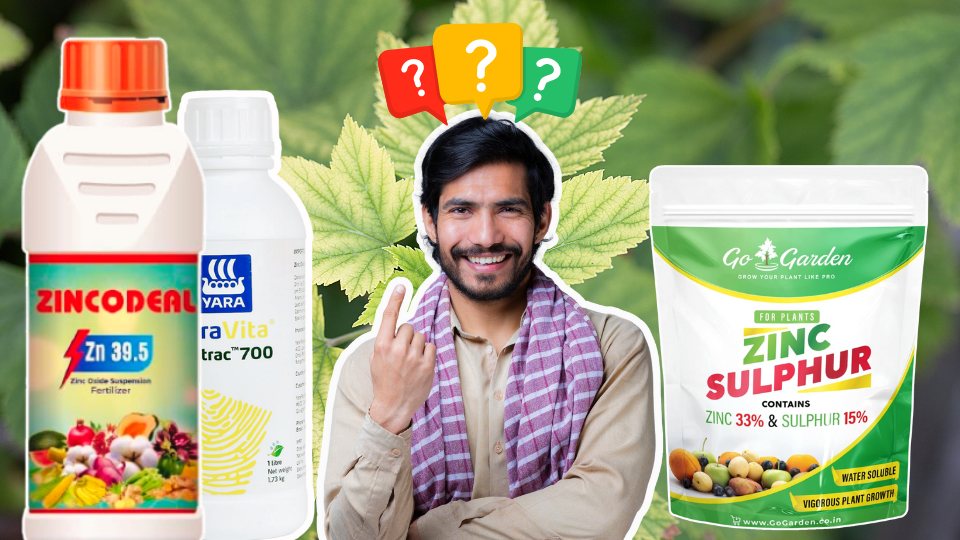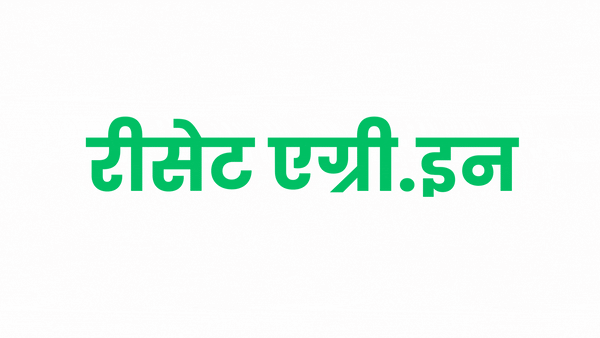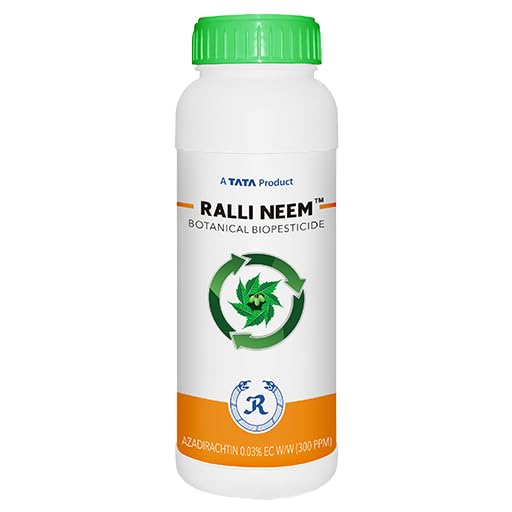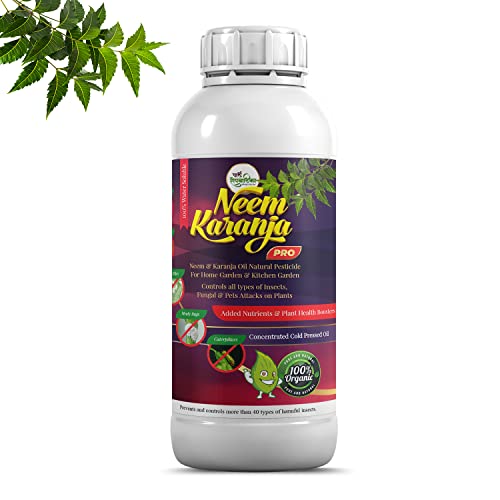
Which Zinc fertilizer should indian farmer choose?
Share
Zinc is a crucial micronutrient for plant growth and development. It plays a vital role in several biological processes, including:
- Enzyme Activation: Zinc acts as a catalyst for numerous enzymes involved in protein synthesis, carbohydrate metabolism, and growth regulation.
- Chlorophyll Production: Zinc is essential for chlorophyll formation, the green pigment responsible for photosynthesis.
- Hormone Production: Zinc contributes to the production of auxins, growth hormones that regulate plant elongation and development.
- Stress Tolerance: Adequate zinc levels enhance a plant's resistance to environmental stresses like drought and heat.
reasons zinc fail to perform by ResetAgri.in
Conditions Leading to Zinc Deficiency:
- High Soil pH: Alkaline soils (pH above 7) can make zinc less available to plants.
- Sandy Soils: These soils have low organic matter content, which reduces zinc retention.
- High Phosphorus Levels: Excessive phosphorus in the soil can interfere with zinc uptake.
- Intensive Cropping: Continuous cultivation without adequate zinc replenishment can deplete soil reserves.
zinc fertilizers by ResetAgri.in
Symptoms of Zinc Deficiency in Common Indian Crops:
- Rice: Reduced tillering, stunted growth, yellowing of leaves between veins (interveinal chlorosis), and brown spots on older leaves.
- Wheat: Shortened internodes, clustered leaves ("rosetting"), yellowing of middle leaves, and reduced grain formation.
- Maize: White or yellow stripes parallel to the midrib on young leaves, stunted growth, and delayed maturity.
- Pulses: Interveinal chlorosis, reduced leaf size, poor flowering and pod formation.
- Cotton: Yellowing of young leaves, reduced leaf size, and stunted plant growth.
zinc functions by ResetAgri.in
Differences in Deficiency Symptoms:
While general symptoms like interveinal chlorosis and stunted growth are common, specific manifestations can vary depending on the crop and severity of deficiency:
- Pattern of Chlorosis: Some crops exhibit interveinal chlorosis, while others show chlorosis at leaf tips or margins.
- Leaf Deformation: Some crops develop smaller leaves, while others show narrowing or twisting of leaves.
- Growth Habit Changes: Stunted growth and delayed maturity are common, but some crops may exhibit specific patterns like rosetting.
Choosing the Right Zinc Fertilizer:
- Zinc Oxide (39.5% Liquid): Highest zinc content, suitable for severe deficiencies but with lower bioavailability.
- Zinc Sulphate Mono Hydrate (33% Zn): Good bioavailability, commonly used but may lower soil pH with excessive use.
- Zinc-EDTA Chelate (12% Zn): Most bioavailable form, ideal for high pH soils but typically more expensive.
Recommendations:
- Conduct soil testing to determine zinc levels and pH.
- Consult with agricultural experts for advice on the most suitable zinc fertilizer and application rates.
- Consider a combination of products to address immediate and long-term zinc availability.
By understanding the importance of zinc, recognizing deficiency symptoms, and choosing the appropriate fertilizer, farmers can ensure optimal crop growth and yield.










